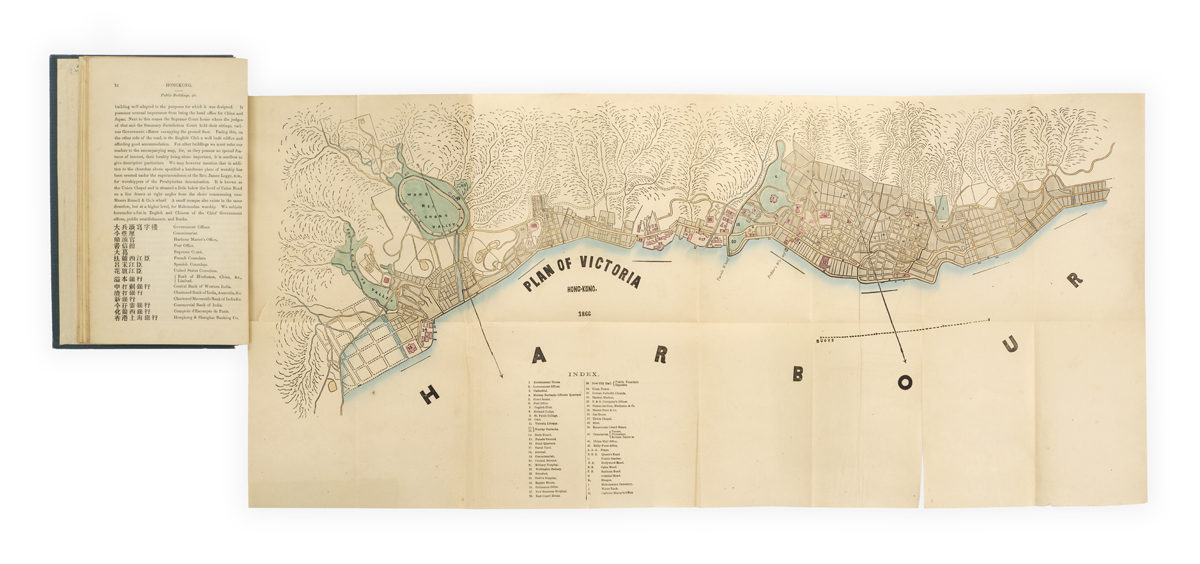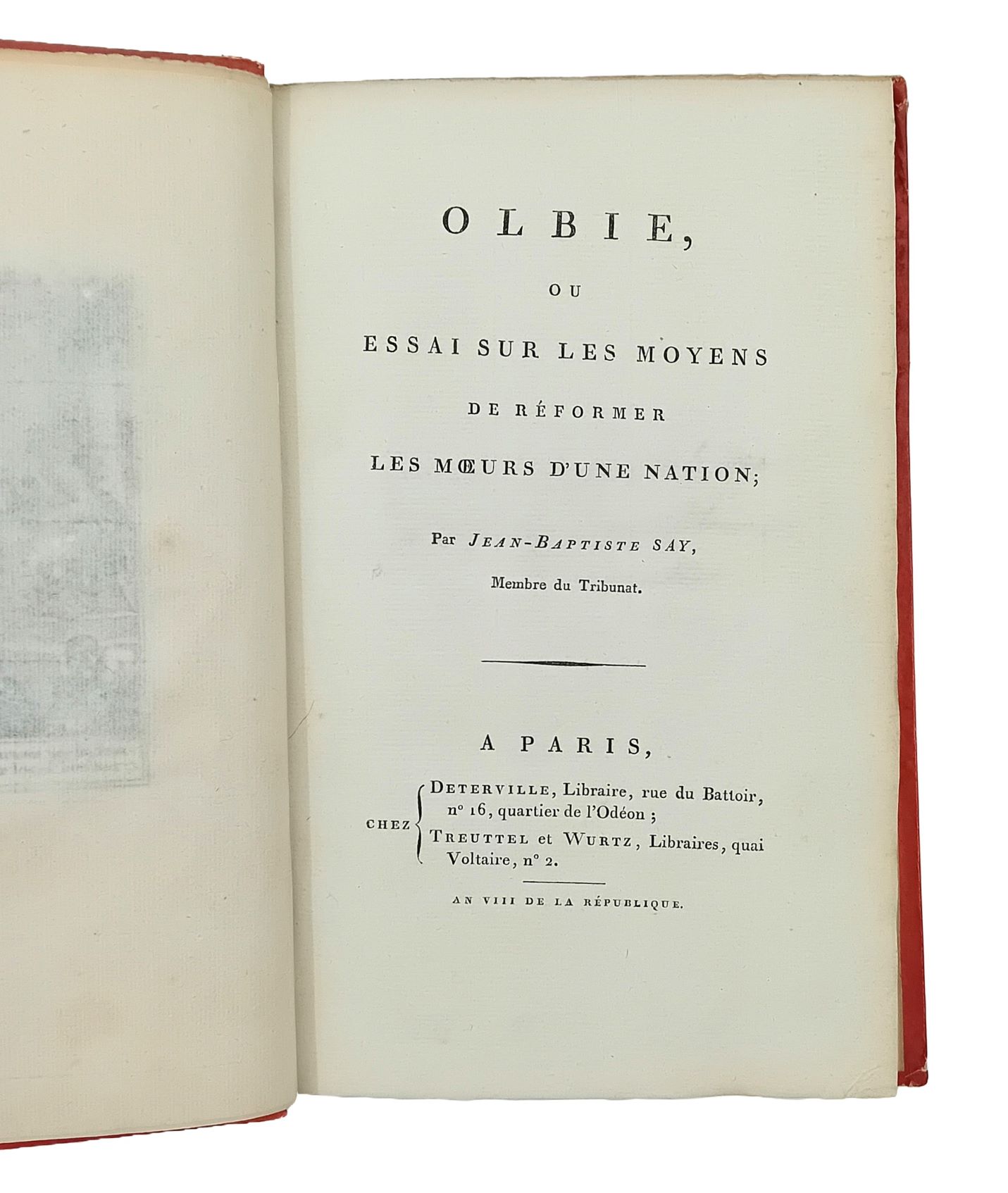







LOGIC MANUSCRIPT ILLUSTRATED WITH EMBLEMS
GASPAROLI, Carlo Maria.
Dialectica sive manuductio ad logicam dictata a R. P. Bar. De Somere. Scripta a me Car. Mar. Gasparoli. Antv. in Gym. S. I. convictore. Anno 1753.
Antwerp, 1753.
Manuscript on paper (‘Pro Patria’ watermark), in Latin, 4to (204 x 158 mm), 3 parts in 1 vol, pp. i: [4 (title, blank)], 229, [1], 230-250, [3 (blank)]; ii: [6 (title, blanks)], 270-283, [35], [3 (blank)]; iii: [6 (title, blanks)], [85], [3 (blank)]; p. 170 misnumbered 180, pp. 171-186 misbound after p. 202; very neatly written in brown ink in a single hand; illustrated with 5 full-page logic diagrams, 13 full-page emblematic illustrations and 11 large vignettes in pen and wash; overall very good in contemporary calf, spine gilt in compartments with gilt red morocco lettering-piece, marbled endpapers; some loss at head- and tail-panels of spine, some wear to joints and extremities, light rubbing to boards, one old paper label to spine and two to upper board.

Added to your basket:
Dialectica sive manuductio ad logicam dictata a R. P. Bar. De Somere. Scripta a me Car. Mar. Gasparoli. Antv. in Gym. S. I. convictore. Anno 1753.
A handsome manuscript comprising a thorough course in logic and dialectic, executed by a student at the Jesuit college in Antwerp, and illustrated with an extraordinary decorative programme inspired by printed emblems.
Opening with an index of abbreviations and neatly arranged in over four hundred chapters, the text was written by Carlo Maria Gasparoli while a boarder (‘convictor’) at the Jesuit college of St Ignatius in Antwerp, from lectures given by his teacher the Rev. Bar[end?] van Somer. The text is accompanied by five logic diagrams, respectively labelled ‘Terminus’ (p. 134), ‘Ens’ (p. 215), ‘Suppositio’ (p. 230), ‘Tabula oppositarum 1ma’ (p. 283), and ‘Tabula oppositarum’ (p. [296]).
While these diagrams are entirely to be expected in a work of this nature, the additional illustrations found here are delightfully unexpected, comprising thirteen full-page emblematic drawings executed in naive style in pen and wash, in circular or rectangular frames, alongside eleven large vignettes.
The former, clearly inspired by printed emblem books although with no obvious specific source, and with no evident connection to the manuscript text alongside them, comprise: a terrestrial globe showing Europe, Africa and Asia; a smoking man reeling in a ship with a rope; a man hunting with a rifle and hounds; a rural sunset; a house being constructed with scaffolding; a friar, with book and rosary, seated in a barn, with a woman beside him; a woman and a seated donkey next to a wood; another rural sunset; a couple in a walled garden; a sundial; a prostrate man and a bear(?); a house with scaffolding, its gable crowned with a tree and flags; and a sunset with a friar and a barn.
The smaller vignettes depict various rural scenes and sunrises, together with pilgrims heading for a church, a fountain, a friar, a traveller, a castle tower, a fox and a bird (inspired by fable?), and a man smoking an enormous pipe.

